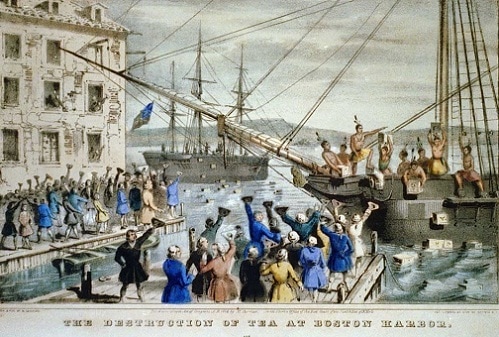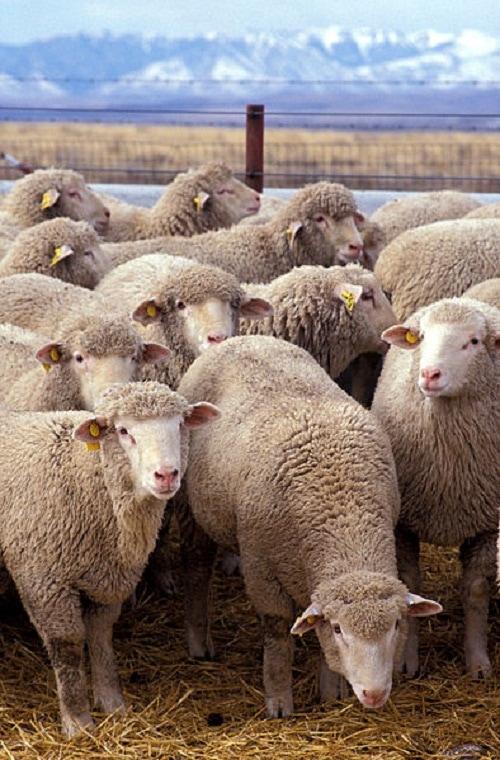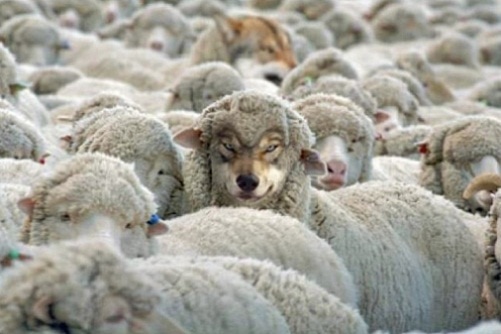|
Mary had one. As did BoPeep, John, Elizabeth, Howard and a host of others. At one point, nearly everyone had a little lamb. Sheep domestication and husbandry is humanity’s oldest organized industry. They migrated west from Central Asia where they were first farmed 10,000 years ago. These four-footed, even-toed “ungulates” that provided dairy goods and meat on legs, made them a prime mover in the development of foreign trade. Sheepskins were valued for their warmth long before people learned to spin it into thread and weave that into cloth. Columbus took sheep on his second voyage to the Americas where, noting that they were a walking food supply, he left a few to multiply on Santa Domingo and Cuba as food stores for future voyages. Despite the discouragement of their colonial administrators, early Americans smuggled sheep into the country and created a wool industry. The state of Massachusetts passed a law that required youths to learn to spin and weave. Angered by the competition, in 1698 England passed a law prohibiting the production of colonial wool, which carried a penalty of cutting off the right hand of the perpetrator. The prohibition against sheep raising, and wool production, along with the Stamp and Tea Acts contributed significantly to the American Revolution. It seemed that repression was never a successful policy with Americans. The words lamb and sheep have played significant and varied roles in our language and in much of our cultural heritage. The concept of a sacrificial lamb is thoroughly woven into ancient and modern practices. When we are embarrassed, we are sheepish. The counting of sheep is thought to be so boring as to put us to sleep. The oddity of a black sheep is put off to being disreputable and untrustworthy. Lambs to the slaughter and herd mentality are symbolic of being easily led, while rams are frequently a symbol of virility. Sheep may safely graze, yet many of us continue to pursue a golden fleece. We all too often newly discover wolves in sheep’s clothing, despite how often we read Little Red Riding Hood. Lamb is a unique, strong flavor somewhere between aged beef and game. It is a rich and satisfying taste, especially when cooked long and slow, making it perfect for stews, braises and winter meals. We have published several recipes in these pages which are available on the website, including: Grilled Rack of Lamb, Persian Spiced Lamb Shanks and Lamb Stew with Cardamom and Apricots. Today’s offering is Lamb Stew with Pears, Saffron and Shallots, a lovely warming dish perfect for this time of year.
0 Comments
Leave a Reply. |



